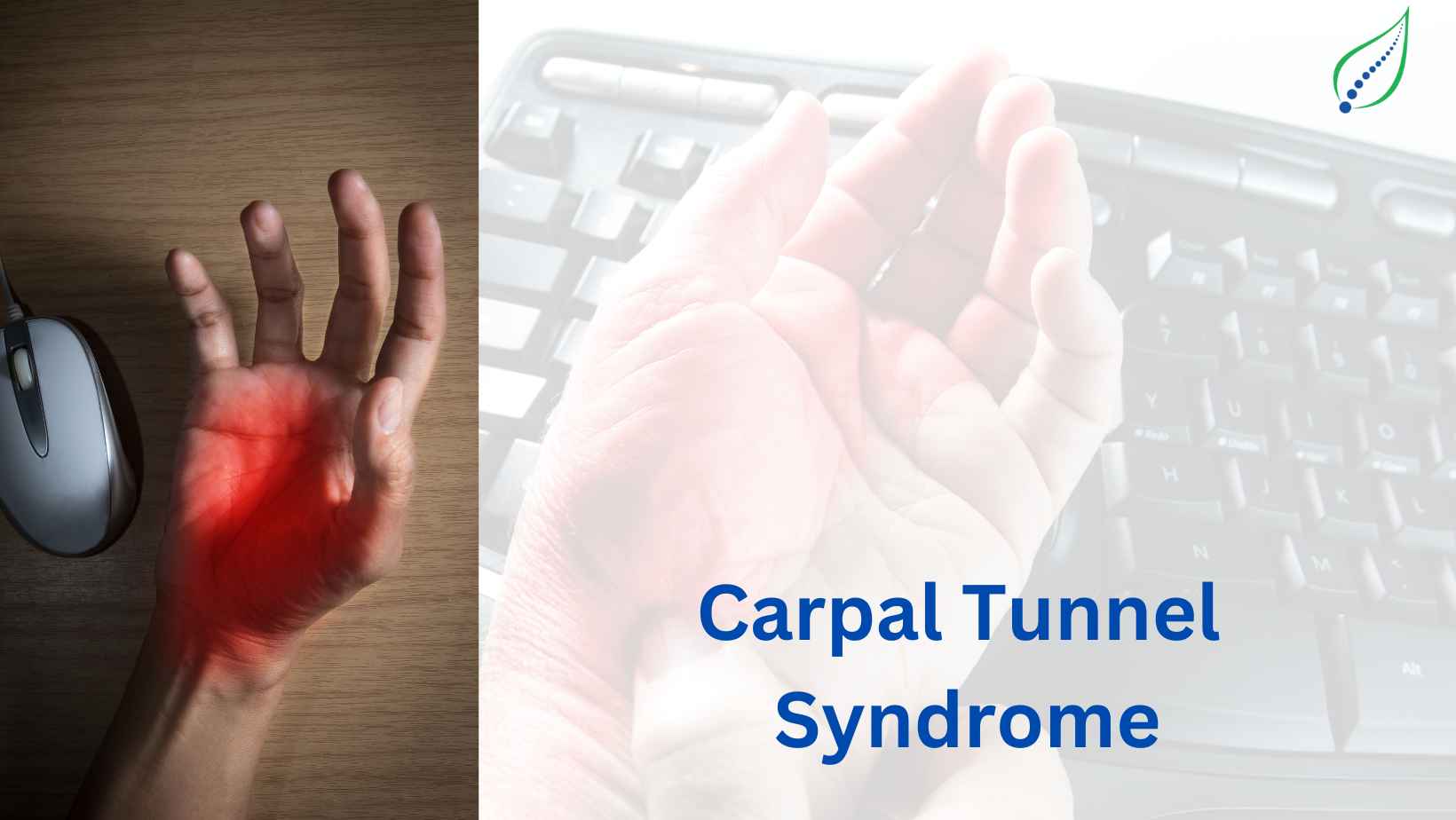Carpal Tunnel Syndrome
Carpal tunnel syndrome is a condition wherein there is numbness, tingling, pain in fingers, especially, thumb, index, and middle fingers. It is also called as Median Nerve Compression. Let’s understand what exactly carpal tunnel syndrome is.
It is the condition characterized by numbness, tingling, and weakness in the hands. The root cause of the condition is the compression or squeezing of one of the major nerves called the median nerve which travels through the carpal tunnel at the wrist.
As the name suggests, it indeed is a tunnel. The carpal tunnel is nearly an inch-wide narrow passageway in the wrist. The sidewalls and floor of this tunnel are formed by tiny bones called carpal bones. The job of this tunnel is to protect the tendons and the median nerve responsible for the flexibility of fingers and thumb.
The median nerve is one of the important major nerves of hand which passes through the carpal tunnel at the wrist and goes into the hand. The nerve is responsible for feeling in the fingers except for the little pinky finger. The flexor tendons are the nine tendons that bend the fingers and thumb also travel through the carpal tunnel.
The physical cause of the syndrome
Pressure on the median nerve causes carpal tunnel syndrome. Work that squeeze or irritates the median nerve in the carpal tunnel, a wrist fracture can narrow the carpal tunnel and irritate the nerve also the swelling and inflammation caused by rheumatoid arthritis can lead to narrowing of this tunnel.
Many times, there is no single cause of carpal tunnel syndrome. It may be that a combination of risk factors contributes to the development of the condition.
Causes
A combination of factors is involved behind the cause of this particular condition. Studies had shown that women and the elderly are more prone to develop the syndrome. Few of other factors could be-
1. Repetitive hand use- Continuing to do the same repetitive motion every single day infuriates the tendons of the wrist causing them to swell.
2. Health conditions- Rheumatoid arthritis, Type- II Diabetes, and hypothyroidism are is also known to be associated with carpal tunnel syndrome.
3. Hand and wrist position- Doing activities that include an extension of the wrist, arms, and hand and for a longer period can increase pressure on the nerve.
4. Heredity- The carpal tunnel might be smaller in some people which usually runs in a few family lineages. There might be some anatomical differences in the shape of the tunnel changing the amount of space for the nerve.
Symptoms
1. Burning, itchy, and numb feeling in the fingers and the palm.
2. Shock-like feelings at random moments.
3. Trouble holding things
4. Shooting pain up to arms and the shoulders.
5. Difficulty in doing tasks involving fine movements like buttoning the shirt.
Treatment and Diagnosis
Usually, detailed history and clinical examination help in diagnosing the condition. There may be a need for imaging tests like X-rays, MRI, Ultrasounds, Electromyogram, and nerve conduction studies.
1. Lifestyle Change: Avoid repetitive motion. Take breaks more often or do a bit less of the activity that’s causing you pain.
2. NSAID’s: Nonsteroidal anti-inflammatory drugs (NSAIDs) to help with pain and inflammation reduction.
3. Physical Therapy: Nerve gliding exercises with stretching and strengthening can help the nerve move better within your carpal tunnel.
4. Brace: Wrist brace to keep your wrist from moving and to lessen pressure on your nerves. Wear this brace at night as well to help get rid of that numbness or tingling feeling.
5. Steroid Injection: It is done on OPD basis into the carpal tunnel. Usually helps to reduce the swelling around the nerve. It can also be done under ultrasound and hydro-dissection can be done to make free space for the nerve.




